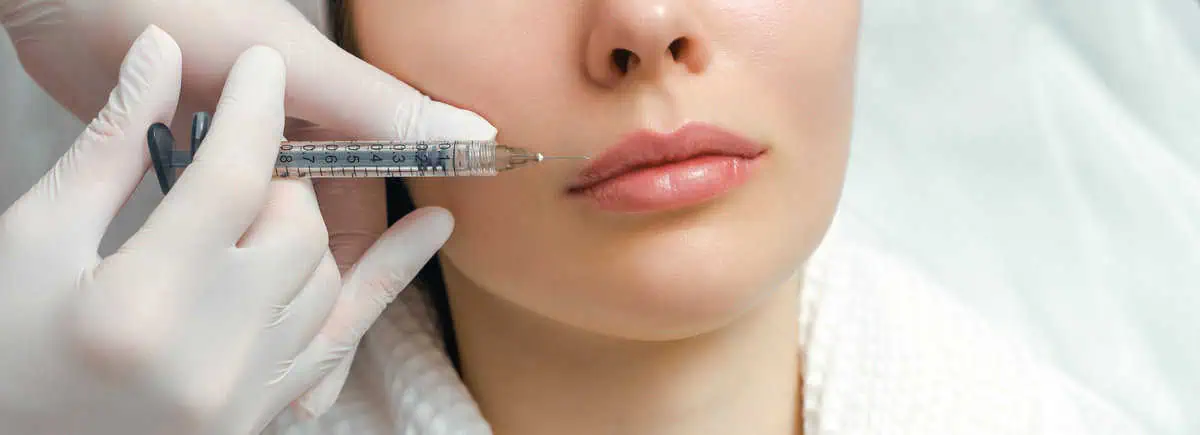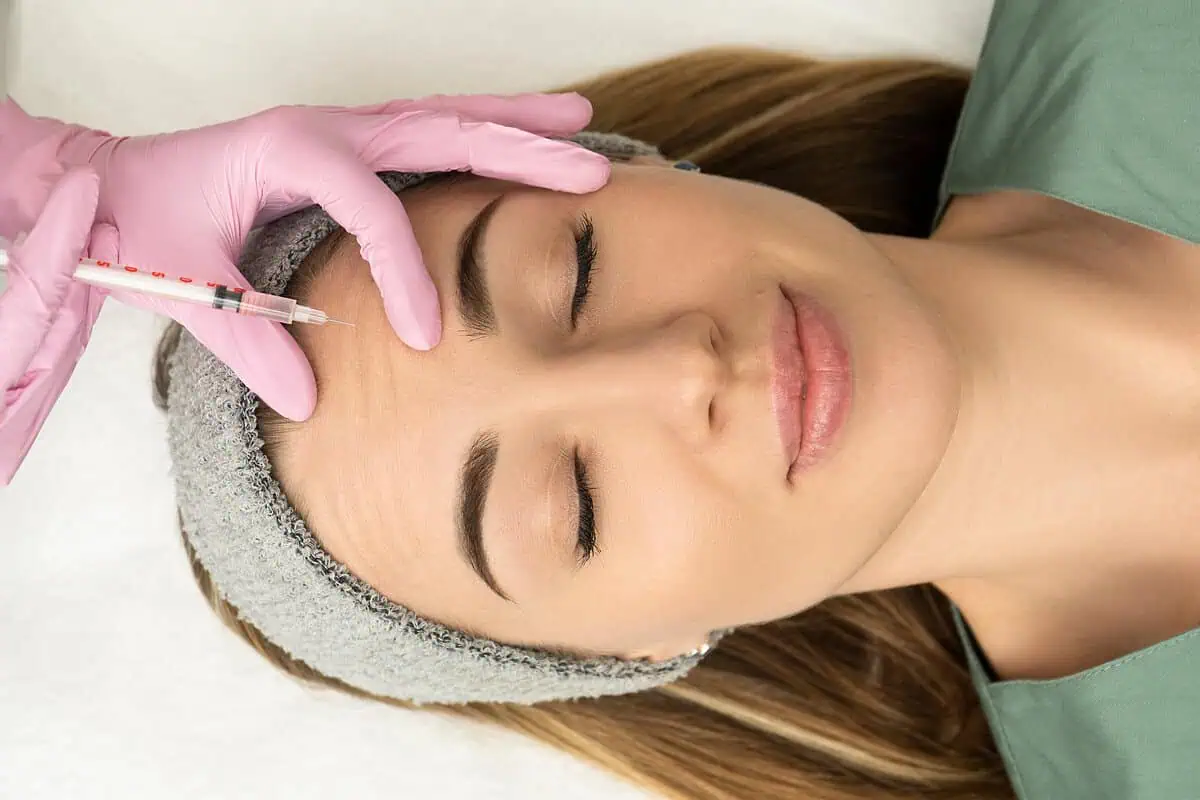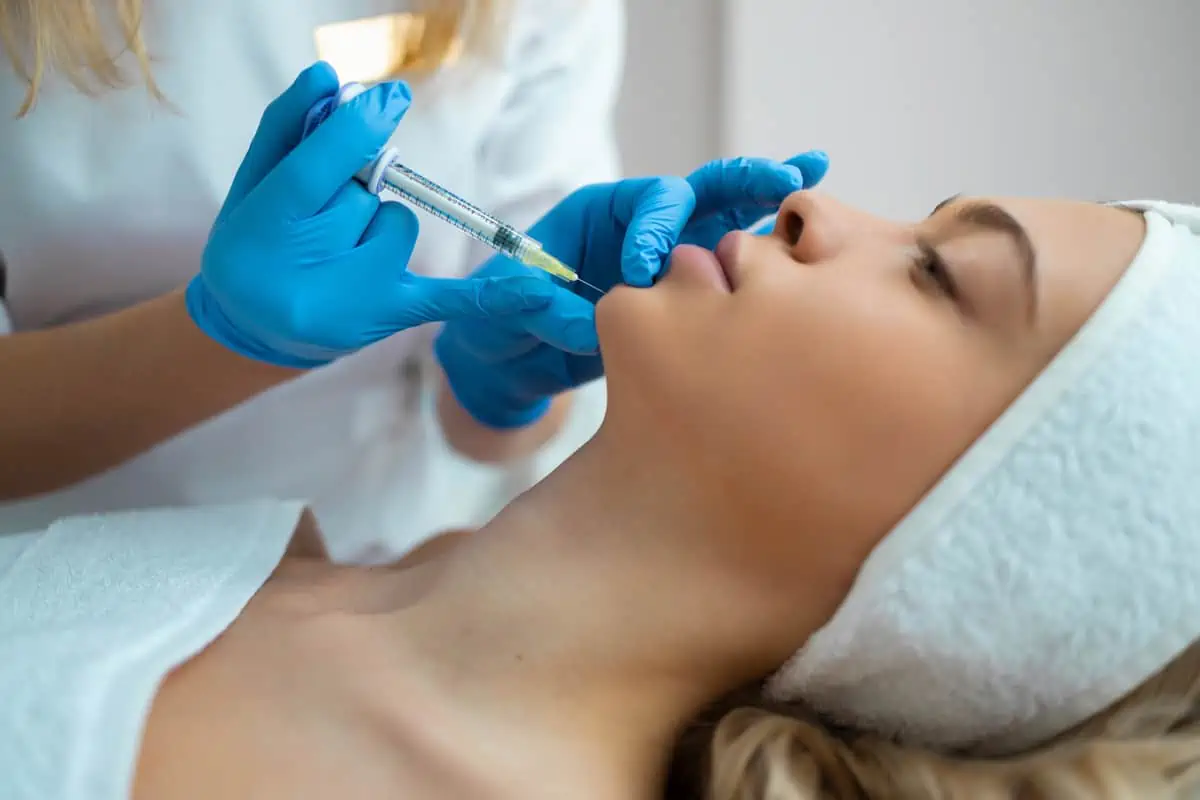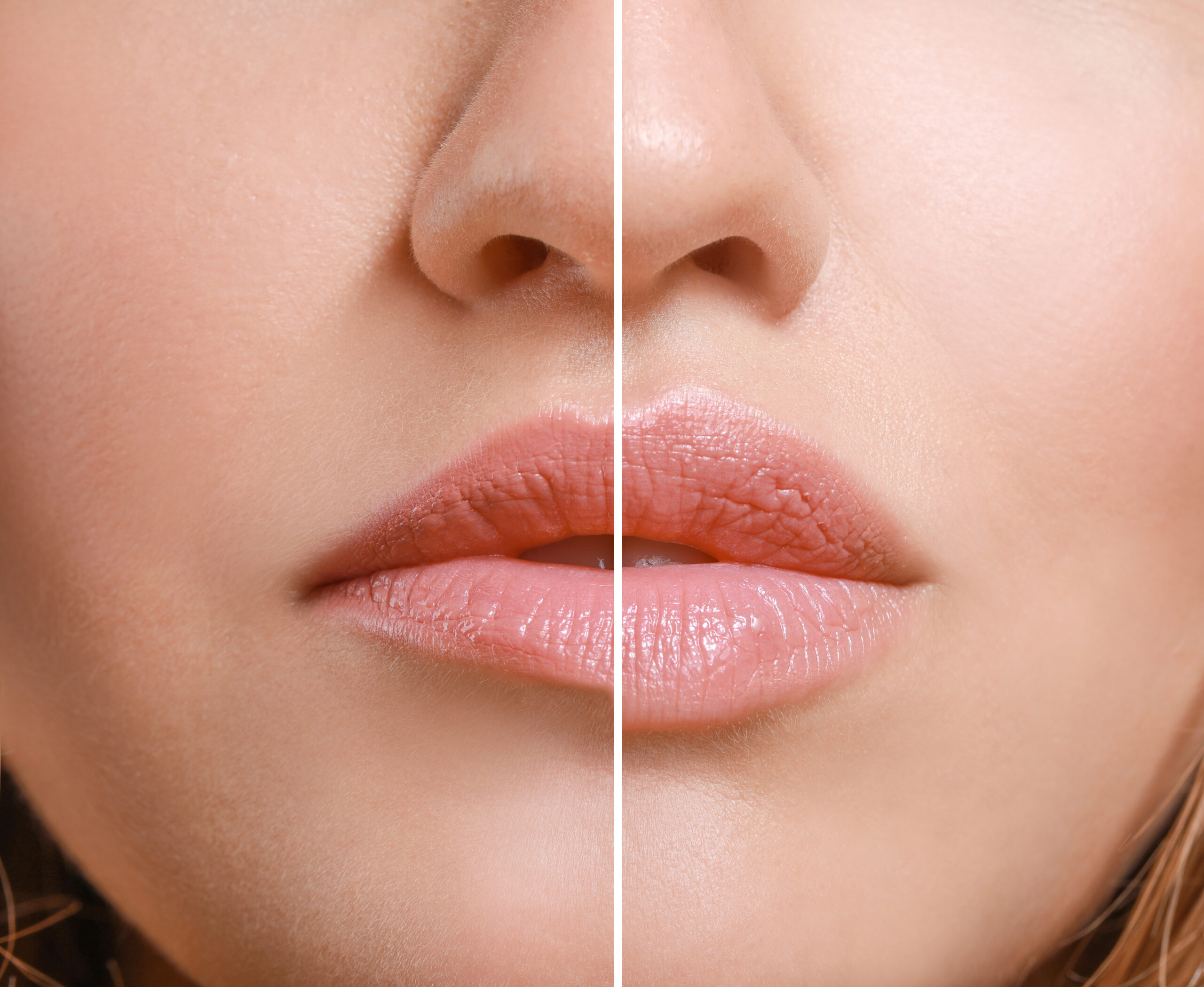In recent years, non-surgical cosmetic treatments such as dermal fillers and Botox have gained immense popularity as effective methods to rejuvenate the skin and combat the signs of aging. While both of these treatments can yield impressive results, it’s crucial to understand their distinct differences and applications to decide which one best fits your precise needs.
This article aims to comprehensively understand dermal fillers and Botox, exploring their unique properties, benefits, and potential risks. By the end, you will be better equipped to determine the most appropriate action for your aesthetic goals and confidently embark on your journey toward a more youthful and radiant appearance.
Overview Of Dermal Fillers
Dermal fillers, or injectable fillers, are soft tissue fillers injected into the skin to help revitalize volume, even-out wrinkles, and improve facial contours. They have become increasingly popular as a non-surgical alternative to more invasive procedures, offering a more subtle and natural-looking improvement in one’s appearance.
Definition and purpose
Dermal fillers are gel-like formulas injected beneath the skin’s surface to address various age-related concerns. They work by filling in wrinkles and folds, plumping up areas with volume loss, and enhancing facial features like lips and cheeks. The primary goal of dermal fillers is to rejuvenate the skin, restoring a more youthful and refreshed appearance.
Types of dermal fillers
There are several dermal fillers, each with unique properties and applications. Some of the most common types include:
- Hyaluronic acid-based fillers: Hyaluronic acid is a naturally occurring molecule in the skin that helps maintain hydration and volume. These fillers, such as Restylane and Juvederm, are widely used due to their compatibility with the body, low risk of allergic reactions, and temporary nature, allowing adjustments or reversibility.
- Calcium hydroxylapatite fillers: Calcium hydroxylapatite is a mineral-like compound in human bones. Fillers like Radiesse use this compound suspended in a gel to provide structure and stimulate collagen production for longer-lasting results.
- Poly-L-lactic acid fillers: Poly-L-lactic acid is a biodegradable, synthetic material that stimulates collagen production. Sculptra is an example of a poly-L-lactic acid filler, which offers gradual and long-lasting results through a series of treatments.
- Polymethylmethacrylate (PMMA) fillers: PMMA is a non-biodegradable, synthetic material that remains under the skin indefinitely, providing a permanent solution. Bellafill is an example of a PMMA filler primarily used to treat deep wrinkles and facial scars.
Common treatment areas and applications
Dermal fillers are versatile and can be used in various areas of the face to achieve different aesthetic goals. Some of the most familiar treatment areas include:
- Nasolabial folds: The lines running from the nose to the corners of the mouth
- Marionette lines: The lines that run from the corners of the mouth down toward the chin
- Cheeks: To restore volume and lift sagging skin
- Lips: To enhance fullness and improve the shape
- Under-eye area: To fill hollows and reduce the appearance of dark circles
Dermal fillers can be combined with other treatments like Botox for more complete rejuvenation results.
Overview Of Botox
Botox, short for Botulinum toxin, is a purified protein derived from the bacterium Clostridium botulinum. It is widely known for its cosmetic applications as an effective treatment for reducing the formation of fine lines and wrinkles induced by facial muscle movements. Botox has gained significant popularity due to its minimally invasive nature and rapid, noticeable results.
Definition and purpose
Botox is a neuromodulator that temporarily paralyzes targeted facial muscles, reducing their ability to contract and cause wrinkles. By relaxing these muscles, Botox helps smooth out dynamic wrinkles formed due to repetitive muscle movements like smiling, frowning, or squinting. While Botox is predominantly used for cosmetic purposes, it also has various medical applications, such as treating excessive sweating, migraines, and muscle spasms.
Mechanism of action: blocking nerve signals
When injected into the target muscles, Botox blocks the discharge of a neurotransmitter called acetylcholine, which is liable for transmitting signals from nerves to muscles. Botox weakens or paralyzes the targeted muscles by inhibiting this communication, reducing their ability to contract and form wrinkles. The outcomes of Botox are temporary, typically lasting between 3 to 6 months, after which the muscles regain function, and the treated wrinkles may reappear.
Common treatment areas and applications
Botox is generally used to address dynamic wrinkles in the upper face, as it is particularly effective in areas where muscle movements cause skin creasing. Some popular treatment areas for Botox include:
- Forehead lines: Horizontal lines that appear across the forehead when raising the eyebrows
- Frown lines or “11s”: Vertical lines that occur between the eyebrows when frowning
- Crow’s feet: Fine lines that appear at the outer corners of the eyes when smiling or squinting
In some cases, Botox can also treat other concerns such as a gummy smile, chin dimpling, and neck bands.
Choosing The Right Treatment For Your Needs
Selecting the most suitable treatment between dermal fillers and Botox depends on various factors, such as your desired outcomes, treatment area, and personal preferences.
- Desired outcomes: If you are looking to restore lost volume, enhance facial contours, or fill in deep wrinkles, dermal fillers may be the best choice. On the other hand, if your primary concern is dynamic wrinkles caused by muscle movements, Botox could be the more effective solution.
- Treatment area: Consider the specific area you want to treat. Dermal fillers address volume loss in the cheeks, nasolabial folds, and lips. At the same time, Botox is typically better suited for treating the upper face, such as forehead lines, frown lines, and crow’s feet.
- Personal preferences and budget: Evaluate your comfort level with the longevity of results, potential side effects, and the cost of each treatment. While Botox generally has a lower upfront cost, the effects are temporary and may require more frequent maintenance. Dermal fillers may be more expensive initially, but some offer longer-lasting results.
Takeaway
Ready to rejuvenate your appearance and boost your confidence? Alli B + CO is here to help you achieve your aesthetic goals with personalized, professional care. Our team of skilled practitioners specializes in dermal fillers and Botox, ensuring you receive the most appropriate treatment tailored to your unique needs.
Don’t wait any longer to look and experience your best. Contact us today for a comprehensive consultation to help you guide you on your journey towards a more youthful, radiant appearance.








